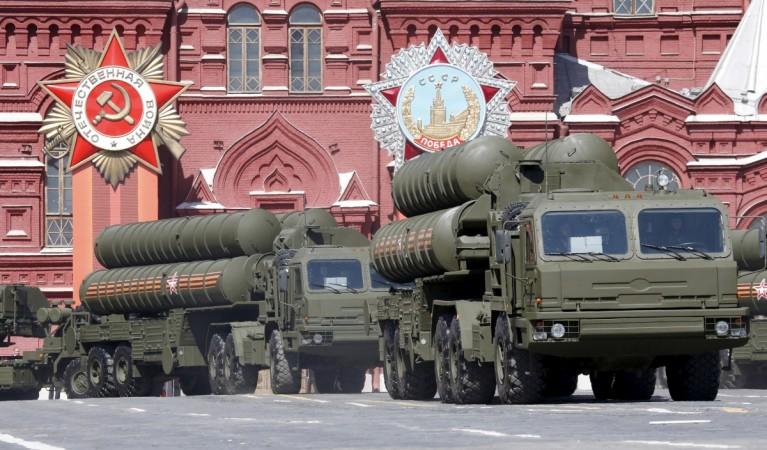
India's desire to buy Russia's famous S-400 Triumf anti-aircraft missile system could come true since a deal for its acquisition is about to be struck. Moscow is preparing to supply the air defence missile system to India, Russian Deputy Prime Minister Dmitry Rogozin said.
India has been negotiating with Russia for the acquisition of S-400 Triumf air defence system ever since it announced the deal worth over $5 billion in October last year. Now, the visit of Prime Minister Narendra Modi to the country seems to have sped up the process as the final deal is about to be sealed.
Also read: India may remove offset clause to fast-track S-400 import from Russia
"Precontract preparations are underway on the supplies of S-400 anti-aircraft missile complexes to India," Rogozin told reporters, according to Press Trust of India (PTI).
"It is difficult to say yet how much time they will take. There is an agreement between governments and now we are simply discussing the terms," Russia's official Tass News Agency quoted Rogozin as saying.
China is the first international customer for the S-400 anti-aircraft missile system.

How powerful is S-400 Triumf?
The S-400 Triumf, which is known to NATO as SA-21 Growler, is an anti-aircraft weapon system developed by Russia's Almaz Central Design Bureau in the 1990s as an upgrade to the S-300 family before being inducted to the Russian Armed Forces in 2007.
Considered one of the most lethal air defence missile systems currently in use in the world, the S-400 Triumf aka SA-21 has the capacity to fire four types of missiles — the very-long-range 40N6 (400 km or 250 miles), the long-range 48N6 (250 km), the medium-range 9M96E2 (120 km) and the short-range 9M96E (40 km). It is capable of creating a layered defence and can engage in 36 targets simultaneously. One system has eight battalions with 72 launchers and a maximum of 348 missiles.
This anti-aircraft weapon system is capable of destroying airborne targets as far as 250 miles away. It also has the ability to take out a range of threats from UAVs, airborne early warning aircraft, stealth fighter, cruise missiles to precision-guided munitions.









